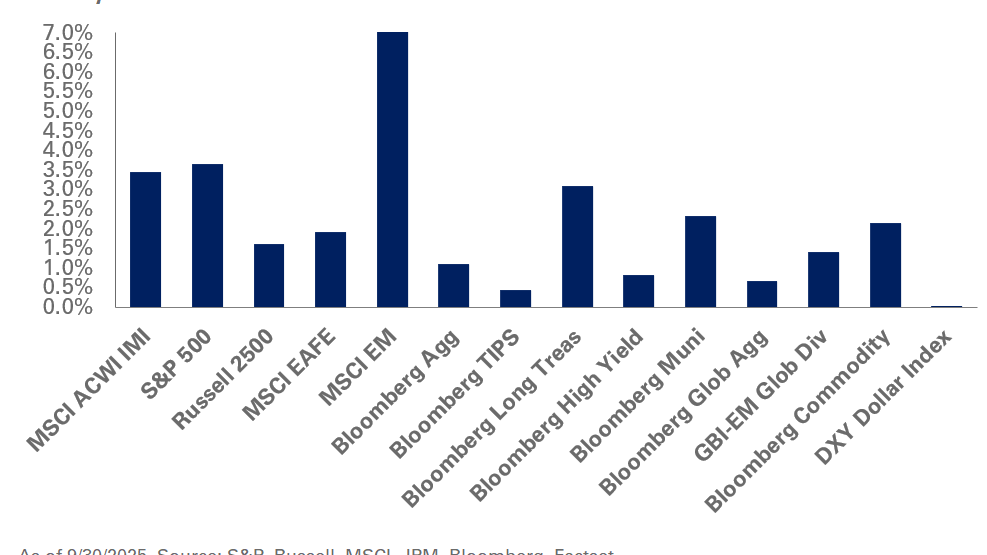Given the growing strength of the U.S. dollar, Phillip Nelson, NEPC’s head of asset allocation, provides an update on our strategic view on currency hedging programs, portfolio rebalancing and monetary policy.
1. What do you attribute to the recent rise of the U.S. dollar?
Recent gains in the U.S. dollar, relative to a basket of developed market currencies and/or MSCI EAFE exposure, are associated with a weaker Japanese yen. The yen is down nearly 10% for the year and is under pressure from a longstanding easy monetary policy in Japan relative to the Fed’s more hawkish stance on interest rates in the U.S.
In addition, over the last 18 months, the dollar has benefited from higher interest rates compared to most of the developed world with the Fed Funds rate holding at 5.5%.
2. Will U.S. monetary policy impact the dollar’s strength?
The trajectory of the Federal Reserve’s monetary policy will heavily influence the momentum of the U.S. dollar. If the central bank continues to hold the Fed Funds rate at an elevated level and long-term real interest rates move higher, we are likely to see the dollar strengthen. However, if the Fed looks to cut interest rates faster than other central banks, we could see moderate dollar weakness.
3. What does a strong U.S. dollar mean for the rest of the world?
The dollar serves as two unique catalysts for the world economy. Countries and companies that export goods and services to the U.S. tend to benefit from dollar strength as these products can be priced lower and more competitively for U.S. customers.
However, a strong dollar can also be a tail-risk for the global financial system. A stronger U.S. dollar, as seen in the period of high real interest rates in the early 1980s, can inflame inflation globally, make commodities costlier, and destabilize the debt profile of developing markets.
4. How has the appreciation of the U.S. dollar impacted currency hedges?
Over the course of 2024, dollar hedged MSCI EAFE exposure has outperformed unhedged EAFE by over 5%. While over the last three years, hedged EAFE has outperformed by an annualized level of 5.5%.
As a reminder, we believe a 50% currency hedge for developed market equity significantly reduces the volatility associated with currency exposure. We believe hedging developed market currency exposure reduces risk, allowing for a more efficient use of the portfolio risk budget; the excess risk budget can then be deployed to other return-generating assets. Furthermore, we do not believe there is a consistent risk premium associated with developed market currency exposure.
5. Keeping the appreciation of the U.S. dollar in mind, what is our recommendation to clients?
With many central banks, including the Fed, evaluating the timing of potential interest rate cuts and the policy outlook becoming more uncertain, we recommend rebalancing currency hedges that have positively benefited from the strong gains associated with dollar strength.
We encourage investors to realize recent gains associated with currency hedge programs and rebalance their currency hedged EAFE exposure back to long-term targets.
Please reach out to your NEPC consultant for more details on currency hedging.



